Succulents don’t necessarily crave nutrients. They do, however, need them to grow to their full potential. This includes producing vibrant colors, a strong root system and sturdy, plump leaves.
Quite often, succulent growers rely on their soil to provide their plants with balanced nutrition. This thought process is all well and good, but there are so many variables that can affect the supply reaching the plant.
Regardless, it’s worth having some kind of fertilizing schedule to ensure they get all they need. So, how often do succulents fertilize?
Well, in general, you should aim to fertilize your succulents once a month. Ultimately, they do fine with one dose of fertilizing each year during spring.
The only real visual signs a succulent will show are a legginess in its stems and slight discoloration. In this article, our detailed research will cover how often to fertilize, the types to use and which ones shouldn’t be used.
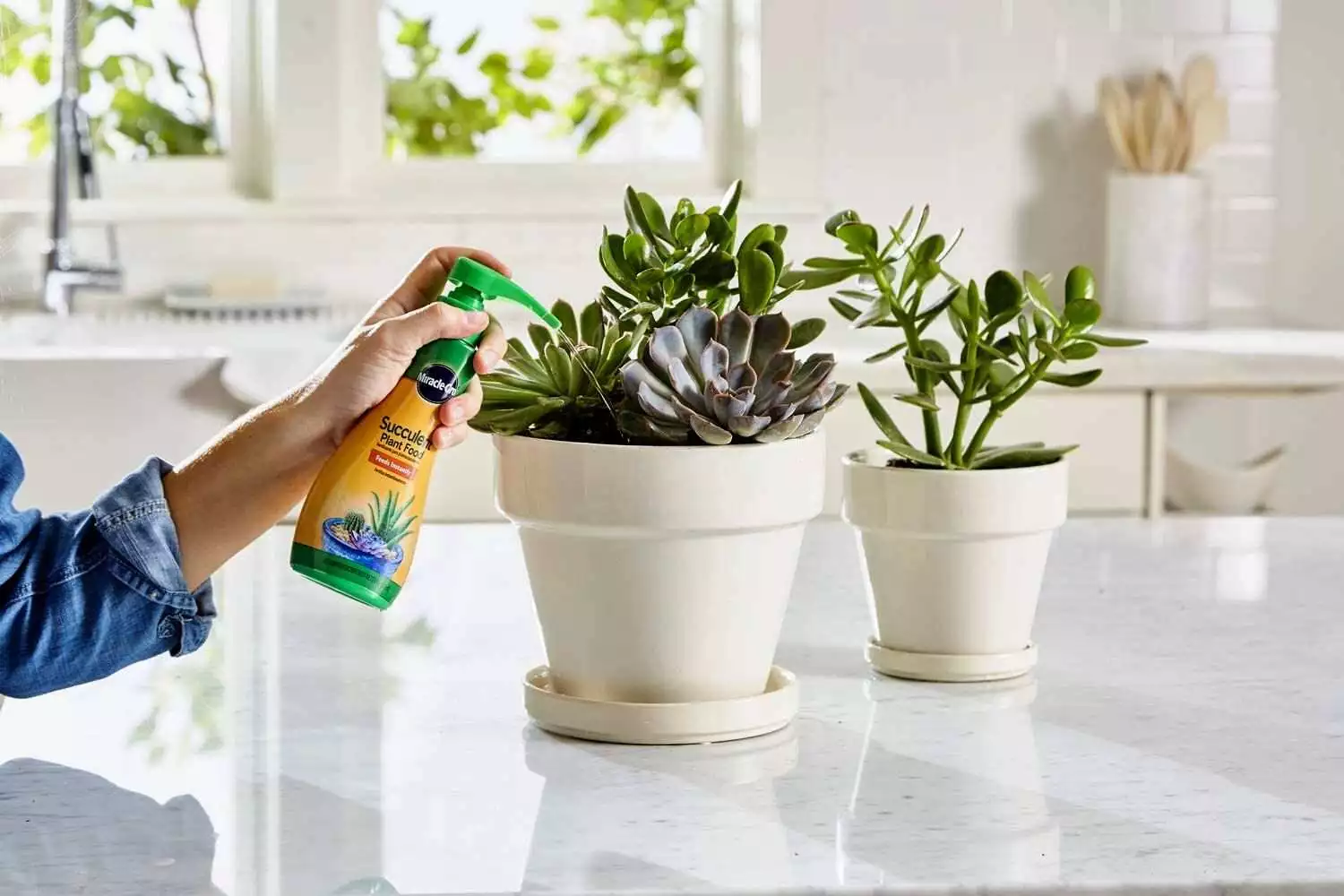
Table of Contents
Do succulents need fertilizer?
All plants require specific nutrients to grow strong and healthy. These mostly include different combinations of the all-important holy trinity NP & K (nitrogen, phosphorus and potassium).
Succulents are no exception. However, when succulents are grown in the ground, they don’t need any more fertilizer than what they receive from their growing area.
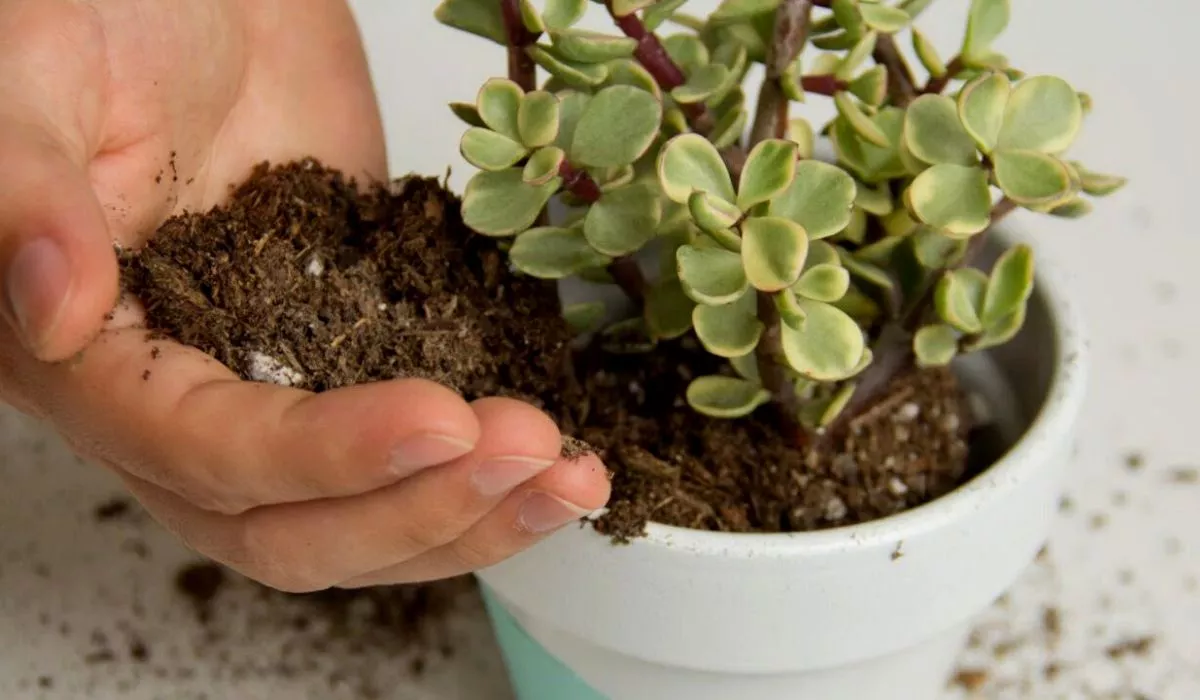
The soil usually contains all the right ingredients already. Additionally, if the soil is tested and can’t provide what is needed, some plant food can be added when the time comes to start planting.
From then on, they should be pretty self-sufficient.
In contrast, succulents growing in pots will only receive the nutrients that you, the grower, give to them. Fertilizers are beneficial for helping to produce more vibrant colors, stronger roots and stems, as well as greener, plumper leaves.
How Often do succulents fertilize?
Knowing how often to fertilize your succulents is an important metric, as mastering this will achieve a beautiful, well-rounded plant.
When growing these plants in the ground or garden, you don’t need to focus on fertilization. Most soil types provide what these plants need already.
In contrast, the potted variants must first be supplied with a good base amount of fertilizer when planting. Furthermore, they may need a top-up once a month if they aren’t improving.
If the succulent grows seamlessly, they can go a whole year (from spring to spring) without adding anything extra.

The tricky aspect of growing a succulent is its speed of growth. They tend to grow quite slowly, so it’s hard to know whether the measures you are taking to feed them are working.
Patience is key. Let’s look closely at when to fertilize, how often and how much.
When should I fertilize my succulents?
Regardless of how you grow your succulents, they may require some fertilization. This will ensure they have the best chance of growing those big plump, vibrant colored leaves that we know and love.
The best time of year to fertilize succulents is in spring. You want the daytime temperature to consistently present around 60°F (15.5°C) warmth. This will ensure that the succulents are well out of their dormant winter.
They don’t need and won’t take in fertilizer during this time of year, so it’s pointless. Furthermore, you want to feed them at this time, so when they go through their growth period in the summer, they are well nourished to do so.
The time of day depends on the geographic location but usually, earlier or later in the evening is best. As long as the sun isn’t pelting down, potentially frying the fertilizer is the safest time.
Indoor succulents Vs Outdoor Succulents
There is much debate surrounding the nutrient intake of succulents grown indoors. In the final analysis, it has been proven that they only require fertilization once per year.
The issue with consistently feeding indoor plants is that it induces growth. This is all well and good, but when combined with excessive indoor lighting, the plants can become leggy.
They stretch towards the light and develop into weaker, less attractive plants. However, this depends heavily on the amount of light it receives. When grown somewhere with inadequate light, more fertilization may be necessary.
It’s always best to observe your plant and look for the signs of growth. This will help determine what it requires.
On the other hand, succulents growing outdoors generally either need one dose of plant food per year. Again, springtime is best. Or even not at all. Being a hardy plant, succulents can often survive without additional help via fertilization.
At the end of the day, it’s always a good idea to watch for signs and give your plant what it needs when it needs it.
Season
As we touched on, the best time of year to fertilize a succulent is in the springtime. But it may be necessary to top up during some other months.
How often do succulents fertilize in summer?
Fertilization may be required once a month or so from early spring into summer (growth period). Make sure you space the feeding frequency to at least 4-5 weeks.
Be a bit careful, though, when the soil starts to dry out during this warmer period. If you fertilize during these times, mix plenty of water with your plant food, or the plant will burn and die.
How often to Fertilize succulents in winter?
Succulents become dormant and stop actively growing during winter. As a result, they don’t require fertilizer. It’s best to protect them from extreme colds and winds.
Then when the temperatures start to rise again, you can prepare them for feeding.
How Often Should you fertilize for baby Succulents?
Baby succulents can be fertilized at the same frequency as adult plants. The most important factor in understanding is not the timing but the potency.
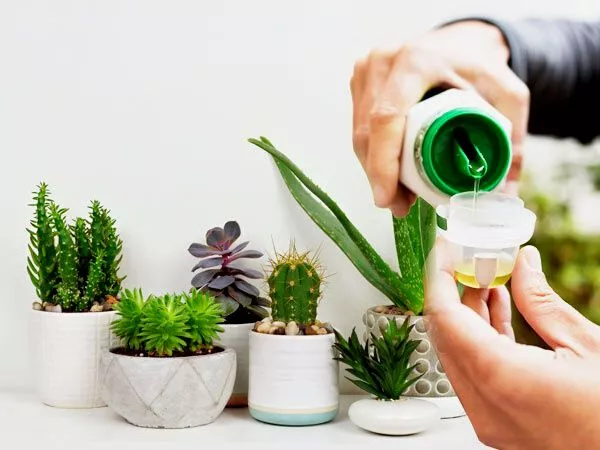
We’ll get into that a little further down this article.
How much fertilizer using?
The amount of fertilizer required will depend on the species and size of the succulent. Generally, it’s best to use only half of the recommended application dose instructed on the package.
How do you fertilize indoor succulents?
One of the best ways that you can give a succulent a great head start is by potting them with the right fertilizer in the beginning. The soil should be both porous and well-draining.
You can purchase some pre-mixed soils and add things such as peat moss, coconut coir, mulch, compost, manure and worm castings to give it an extra boost of nutrients.
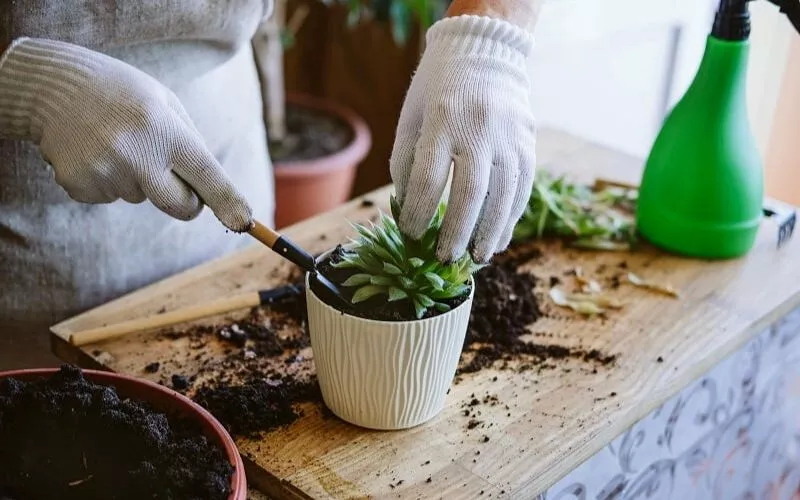
Not only that, but you can also integrate better drainage materials such as perlite, chicken grit, pumice, etc. Once you’re satisfied, mix in 1 tablespoon of granulated fertilizer.
No more than that, though, as it can burn your plants. If you’re worried, you can water it and mix it by crushing the wet granules with a spoon and then adding it.
What fertilizer is best for succulents?
You may notice that your succulent is falling behind in producing its prominent characteristics. E.g., Vibrant colors, strong roots and stem, plump, green leaves, etc. If this is the case, it may be a good chance to start introducing some fertilizer to correct the issue.
A well-balanced 15-15-15 fertilizer suits succulents best. Alternatively, something along the lines of manure tea or even diluted fish emulsion can also do wonders to these types of plants. Of course, you can always go down the path of store-bought solutions.
Make sure you test them in smaller doses first. When it comes time to use them, halve the dose as these types of solutions are extremely strong in most cases. Here is a list of some of the top-rated fertilizers on the market right now:
- Best Allrounder – Jobe’s Organics All Purpose Fertilizer
- Best value for money – Miracle-Gro Succulent Plant Food, 2 Pack
- Best liquid fertilizer – Espoma Organic Indoor Plant Fertilizer
- Best granulated fertilizer – Dr Earth Organic Premium Gold All Purpose Fertilizer
- Best slow-release fertilizer – Jobe’s Succulent Fertilizer Spikes
- Best worm castings fertilizer – Organic Worm Castings Fertilizer
What fertilizer for baby succulents?
Fertilizing baby succulents revolves more around the solution’s strength than the actual type. For example, you should never feed baby succulents a fuller strength fertilizer.
Try to use homemade solutions if and where necessary.
The store-bought variants are often created for adult succulents and can be way too harsh for baby plants. They will burn them out faster than they take in the nutrients.
Some of the most successful, less harsh store-bought fertilizers include manure tea and fish emulsion.
- Best manure tea – Malibu Compost Hydroponic Tea Bag
- Best fish emulsion – Just Scentsational Bare Ground Solutions Liquid Fish Fertilizer
Can you over-fertilize succulents?
When potting or planting succulents, adequate drainage should be the most important aspect. If this condition is met, the amount of fertilizer a succulent receives shouldn’t matter.
They can be easily flushed away without too much stress on the plant.
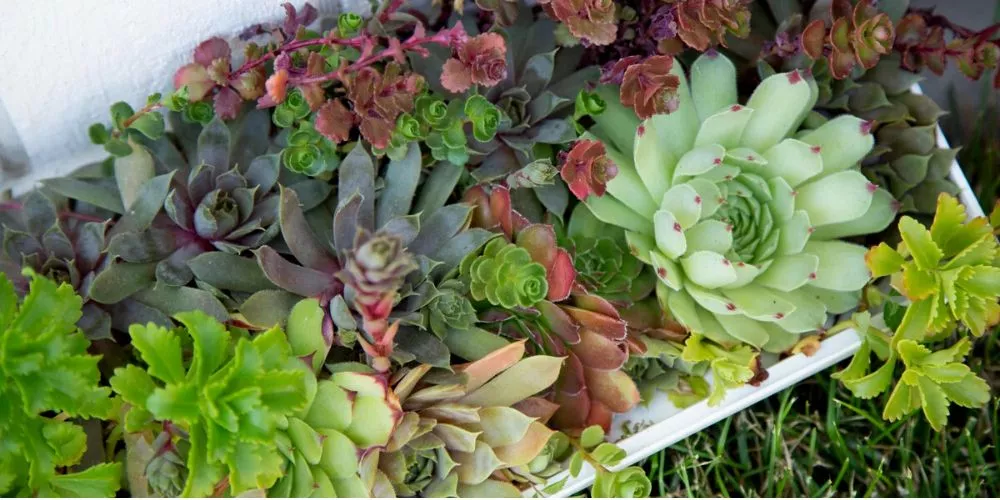
However, if the drainage is poor, a build-up of nutrients can increase leaf problems and promote root rot, especially with high amounts of nitrogen sitting stagnant in the root area. Other visual signs of root rot include stunted growth, burned or dried-out leaves, wilting, and, in worst cases, plants’ death.
What Fertilizers Not to Use?
When you look at the number ratio recommended for a succulent (15-15-15), these numbers should not be exceeded. For example, too much nitrogen will speed up the growing process but attract pests and become susceptible.
Additionally, it’s best to stick to homemade solutions as the chemical variants are generally quite strong. There is a higher risk of the leaves and roots of the plants burning out from the high concentration of chemicals. Anything natural and organic is always going to be a safe bet!
Conclusion:
Succulents aren’t the type of plants that need an abundance of nutrients. However, like any other plant, they need some nutrients to grow strong and healthy.
So as long as they are given a great start when potting or planting them, a fertilization schedule would only require 1 good dose per year.
Springtime is best, just before they start doing all of their growing. We hope this article has been helpful to you, and we look forward to continuing on our journey of teaching all we know about the green thumb world.


